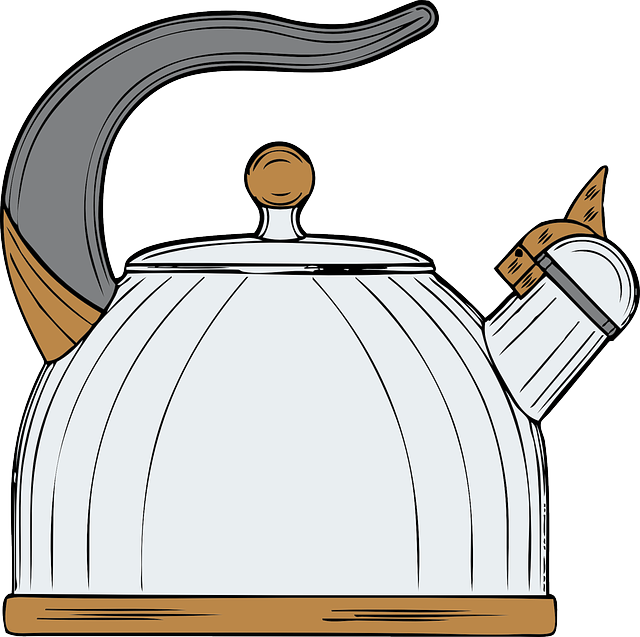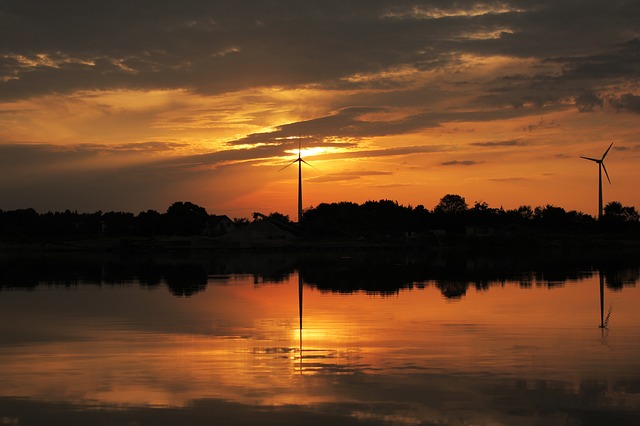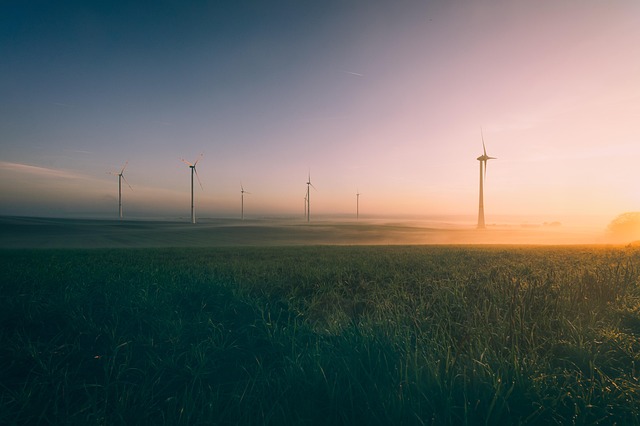Evaluating hot water needs is crucial for optimal heater selection and installation complexity. Larger families require powerful, efficient heaters for high demand, while smaller households can opt for cost-effective solutions like tankless models. Hot water usage varies based on family size, daily routines, outdoor activities, and regional climate, impacting heater type, temperature, flow rate, recovery time, and installation process. Understanding these needs ensures tailored heater selection, enhancing efficiency and user satisfaction while simplifying future maintenance in colder climates.
Evaluating a heater’s installation complexity is crucial, especially when aiming for efficient hot water supply tailored to your household’s unique needs. This article guides you through the intricate process, from understanding diverse hot water usage patterns and their impact on demand to navigating the step-by-step installation process. We explore complexity factors such as heater size matching hot water needs, venting requirements, and access to tools, offering expert insights for both DIY installations and professional services.
- Understanding Hot Water Needs: Factors to Consider
- – Different types of hot water usage in households
- – Variability in hot water demand based on family size and lifestyle
- – Impact of water temperature preferences
Understanding Hot Water Needs: Factors to Consider

Understanding your hot water needs is a crucial step in evaluating the installation complexity of a heater. Several factors come into play here. First, consider the number of people and appliances in your household that rely on hot water daily. A larger family or a home with multiple occupants will demand higher hot water usage, necessitating a more powerful heating system. Additionally, the type and efficiency of your current water heater play a significant role; older models may be less efficient and require more frequent replacement or upgrades to meet modern hot water demands.
The location and climate of your region are also essential considerations. Areas with colder climates experience higher demand for hot water during winter months, impacting installation requirements. Moreover, outdoor activities and lifestyle choices can influence hot water needs; for instance, a home with a swimming pool or frequent entertainment hosting may require larger hot water storage capacity to accommodate increased usage.
– Different types of hot water usage in households

Hot water is a fundamental part of modern household life, but the varying needs across different families and lifestyles can significantly impact the complexity of installing a heater. Households with higher hot water demands, such as those with multiple occupants or energy-intensive activities like regular showering or heating large spaces, require more sophisticated heating systems. These households often rely on continuous hot water supply, demanding efficient and powerful heaters capable of rapid reheating and consistent performance.
In contrast, smaller families or individuals with lower hot water usage might opt for simpler, more cost-effective solutions. Their priorities may focus on energy conservation and maintaining a comfortable temperature rather than constantly having boiling water ready. This segment could benefit from tankless heaters or smaller, compact models that offer targeted heating without the complex installation typically associated with larger systems.
– Variability in hot water demand based on family size and lifestyle

Hot water demand varies significantly depending on factors like family size and daily routines, making it a crucial consideration during heater installation. Larger families with higher hot water usage requirements will need more powerful heaters capable of rapid recovery times to meet their demands. For instance, households with multiple occupants often require adequate hot water for bathing, cooking, cleaning, and other activities, which can strain conventional systems.
Lifestyle also plays a role; energy-conscious families might opt for efficient heaters that reduce heating time and minimize energy usage. In contrast, those with more active lifestyles or larger social gatherings may need higher flow rates to ensure continuous hot water supply without delays. Understanding these variations in hot water needs ensures the selection of suitable heaters tailored to specific requirements, enhancing overall efficiency and user satisfaction.
– Impact of water temperature preferences

When evaluating the installation complexity of a heater, it’s crucial to consider the impact of water temperature preferences, especially in regard to hot water needs. Different heaters are designed to cater to specific temperature requirements, and this factor can significantly influence the installation process. For instance, high-temperature heaters might require more advanced safety mechanisms and precise adjustments to ensure optimal performance while meeting hot water demands.
Water temperature preferences also play a vital role in determining the overall complexity of heater installation. In regions with colder climates, where higher water temperatures are necessary for effective heating, the installation may involve additional steps to manage thermal load and prevent excessive energy consumption. This could include integrating smart thermostats or advanced control systems that allow for precise temperature regulation, thereby enhancing efficiency and simplifying future maintenance.






